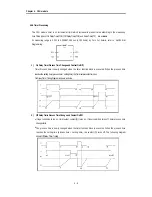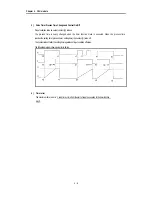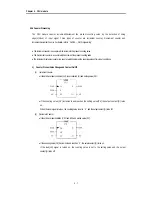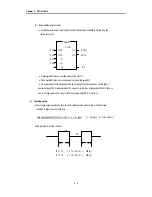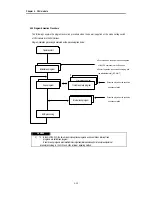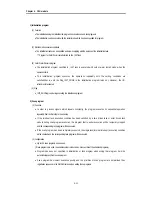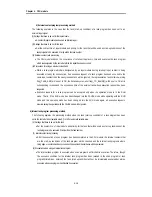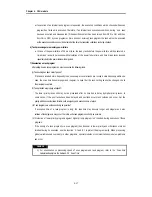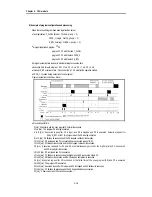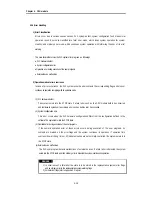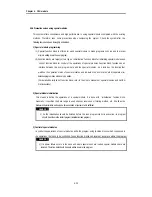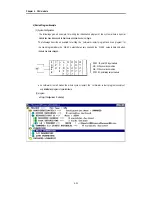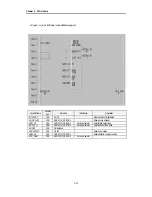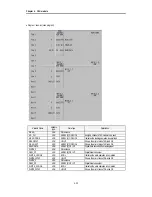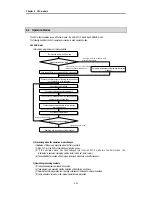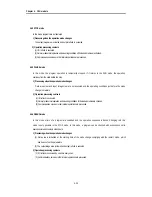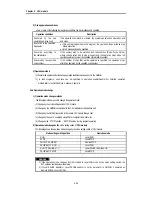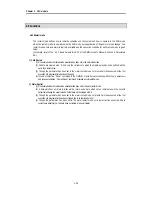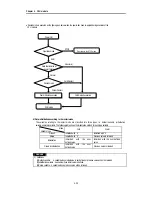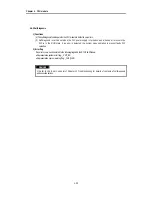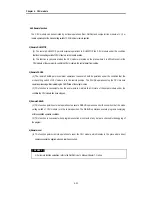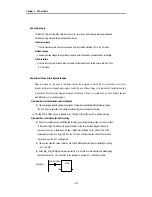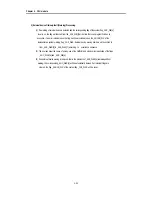
Chapter 4. CPU module
4 - 19
4.3.4 Error Handling
1) Error Classification
Errors occur due to various causes such as PLC system defect, system configuration fault or abnormal
operation result. Errors are classified into fatal error mode, which stops system operation for system
stability, and ordinary error mode, which continues system operation with informing the user of its error
warning.
The main factors that occurs the PLC system error are given as followings.
•
PLC hardware defect
•
System configuration error
•
Operation error during execution of the user programs
•
External device malfunction
2) Operation mode at error occurrence
In case of error occurrence, the PLC system write the error contents the corresponding flags and stops or
continues its operation complying with its operation mode.
(1) PLC hardware defect
The system enters into the STOP state if a fatal error such as the CPU module defect has occurred,
and continues its operation if an ordinary error such as battery error has occurred.
(2) System configuration error
This error occurs when the PLC hardware configuration differs from the configuration defined in the
software. The system enter into the STOP state.
(3) Operation error during execution of the user programs
If the numeric operation error of these errors occurs during execution of the user programs, its
contents are marked on the error flags and the system continues its operation. If operation time
overruns the w atch dog time or I/O modules loaded are not normally controlled, the system enters into
the STOP state.
(4) External device malfunction
The PLC user program detects malfunctions of external devices. If a fatal error is detected the system
enters into the STOP state, and if an ordinary error is detected the system continues its operation.
REMARK
1) In occurrence of a fatal error the state is to be stored in the representative system error flags,
and an ordinary error in the representative system warning flags.
2) For details of flags, refer to Appendix 2. Flag List.

